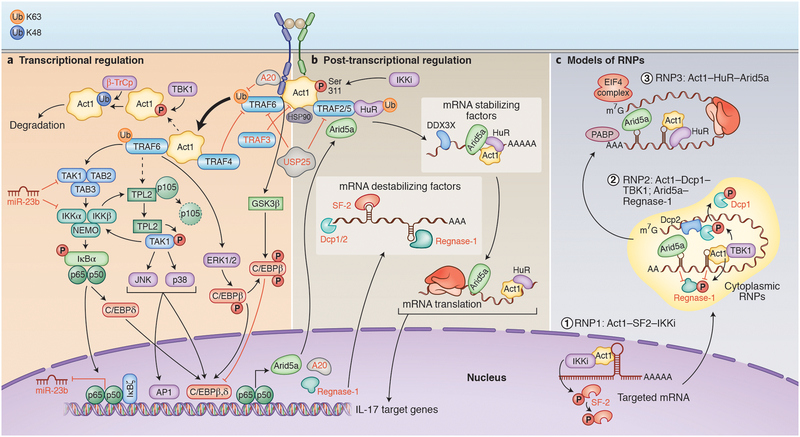Figure 2. Canonical IL-17 signaling pathways.
. A) Transcriptional regulation. Upon IL-17 binding to its heterodimeric receptors IL-17RA and IL-17RC, Act1 activates multiple signaling cascades operating through different TRAF proteins. Engagement of TRAF6 results in the activation of NF-κB, C/EBPβ, C/EBPδ, and MAPK pathways. ERK1/2 mediates phosphorylation of C/EBPβ on Thr-188 and CBAD domain of IL-17R is also required for IL-17A-mediated inducible phosphorylation of C/EBPβ on Thr-179 through GSK3β. IL-17 can also induce different feedback regulatory response by inducing/recruiting deubiquitnase enzymes (A20, USP25) or kinases (TBK1). Hsp90 maintains the integrity of Act1 at the protein level. B) Post-transcriptional regulation. IL-17 signaling through the Act1–TRAF2–TRAF5 complex results in the control of mRNA stability/translation of IL-17 target genes through multiple RNA-binding proteins, including mRNA stabilizing factors (Act1, HuR, Arid5a and DDX3X) or destabilizing factors (SF2 and Regnase-1). Mechanistically, in addition to its role as an adaptor, Act1 functions as an RBP by forming several RNPs (as described in C) contributing majorly to the receptor-mediated selectivity of mRNA stabilization and translation in response to IL-17 stimulation. As a feedforward mechanism, IL-17 induces the expression of Arid5a, which counteracts mRNA degradation mediated by Regnase-1 by recognizing similar sequences within the 3′-UTR of IL-17 targeted mRNA. Arid5 and HuR also promote translation of target mRNAs. C) Models of RNPs. IL-17 signaling results in the formation of multiple, compartmentally-distinct RNPs, controlling different steps of mRNA metabolism. Upon IL-17A stimulation, Act1 is phosphorylated by IKKi, followed by their translocation into the nucleus where Act1 binds to a stem-loop structure in the 3’UTR in the target mRNAs (RNP1). The binding of Act1 competes off SF2 from the mRNAs by bringing IKKi to phosphorylate SF2, preventing SF2-mediated mRNA decay. Act1 follows the mRNAs to cytoplasmic granules such as P-bodies (RNP2) inhibiting Dcp1/2-mediated mRNA decapping by employing TBK1 to phosphorylate Dcp1. Moreover, Arid5a can also stabilize different IL-17-target mRNA in the cytoplasm by counteracting the negative effects of Regnase-1. In addition, IL-17 stimulates TBK1/IKKi-mediated phosphorylation of Regnase-1 in an Act1-dependent manner, removing it from target transcripts and preventing the degradation of mRNA. Finally, Act1-mRNAs are shifted to the polysomes to facilitate HuR’s binding to mRNAs (RNP3) for protein translation. Arid5a is also inducibly associated with the eukaryotic translation initiation complex and facilitates the translation of IL-17 target genes (IκBζ and C/EBPβ).
Arid5a: AT-Rich Interaction Domain 5A; CBAD:C/EBPβ activation domain; Dcp: Decapping MRNA; DDX3X: DEAD-Box Helicase 3 X-Linked; ERK: extracellular signal related kinase; GSK: glycogen synthase kinase; Hsp90: Heat shock protein 90; HuR: human antigen R, also known as ELVAL1; IKK: inhibitor of kappa B kinase JNK: Janus kinase; PABP: Poly(A)-binding protein; SF2: splicing factor 2; TRAF: TNF receptor associated factor; TAK1: TGF-β activated kinase 1; TBK1: TANK-binding kinase 1; TPL2: Tumor progression locus 2; β-TrCP: beta-transducin repeat containing; USP25: Ubiquitin Specific Peptidase 25

